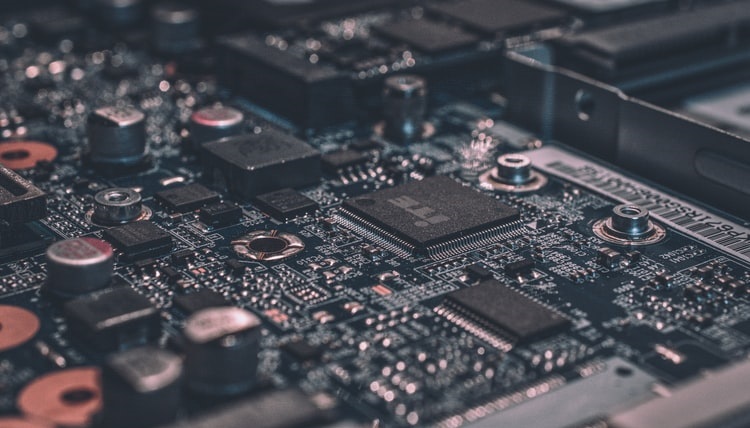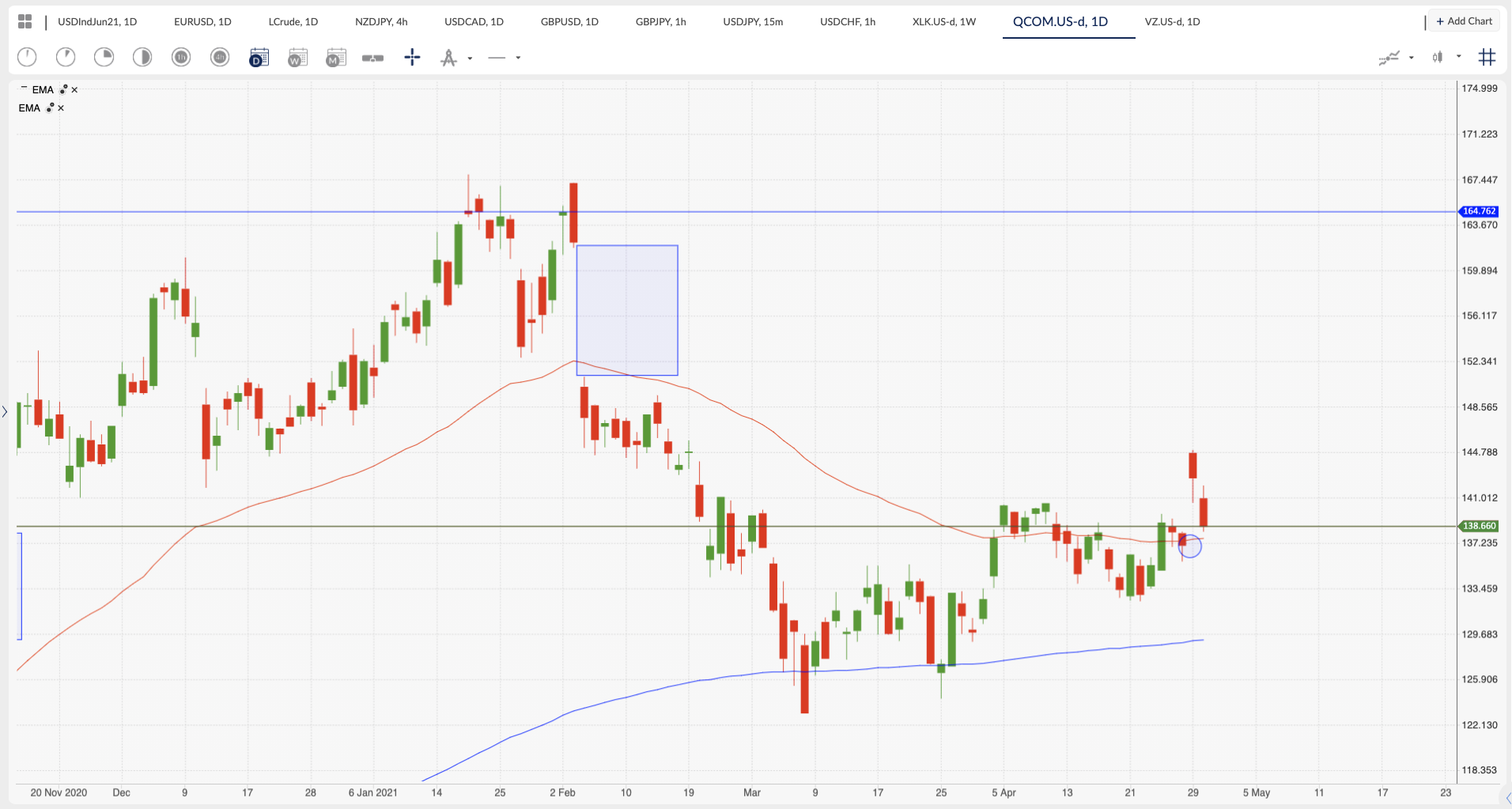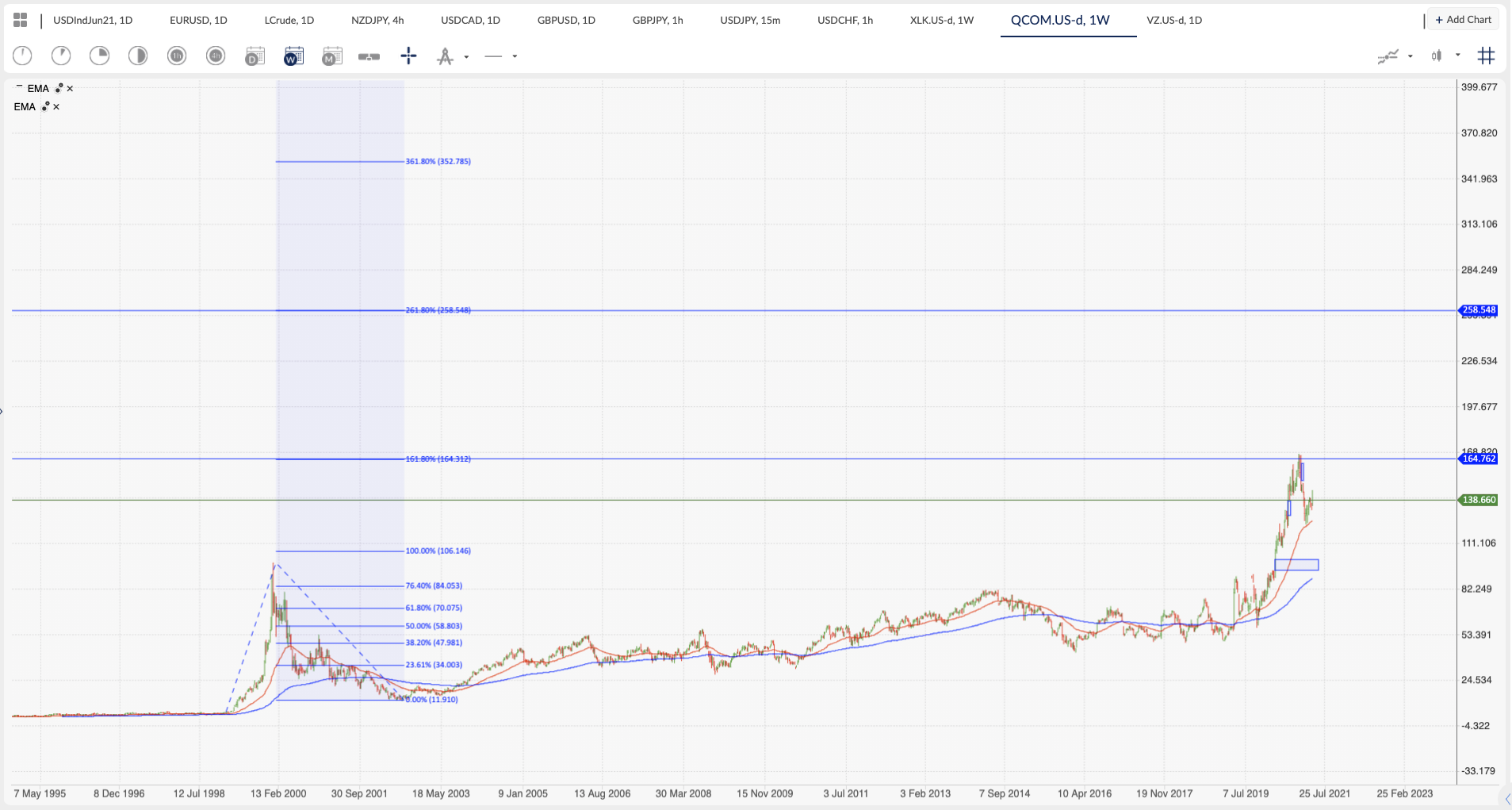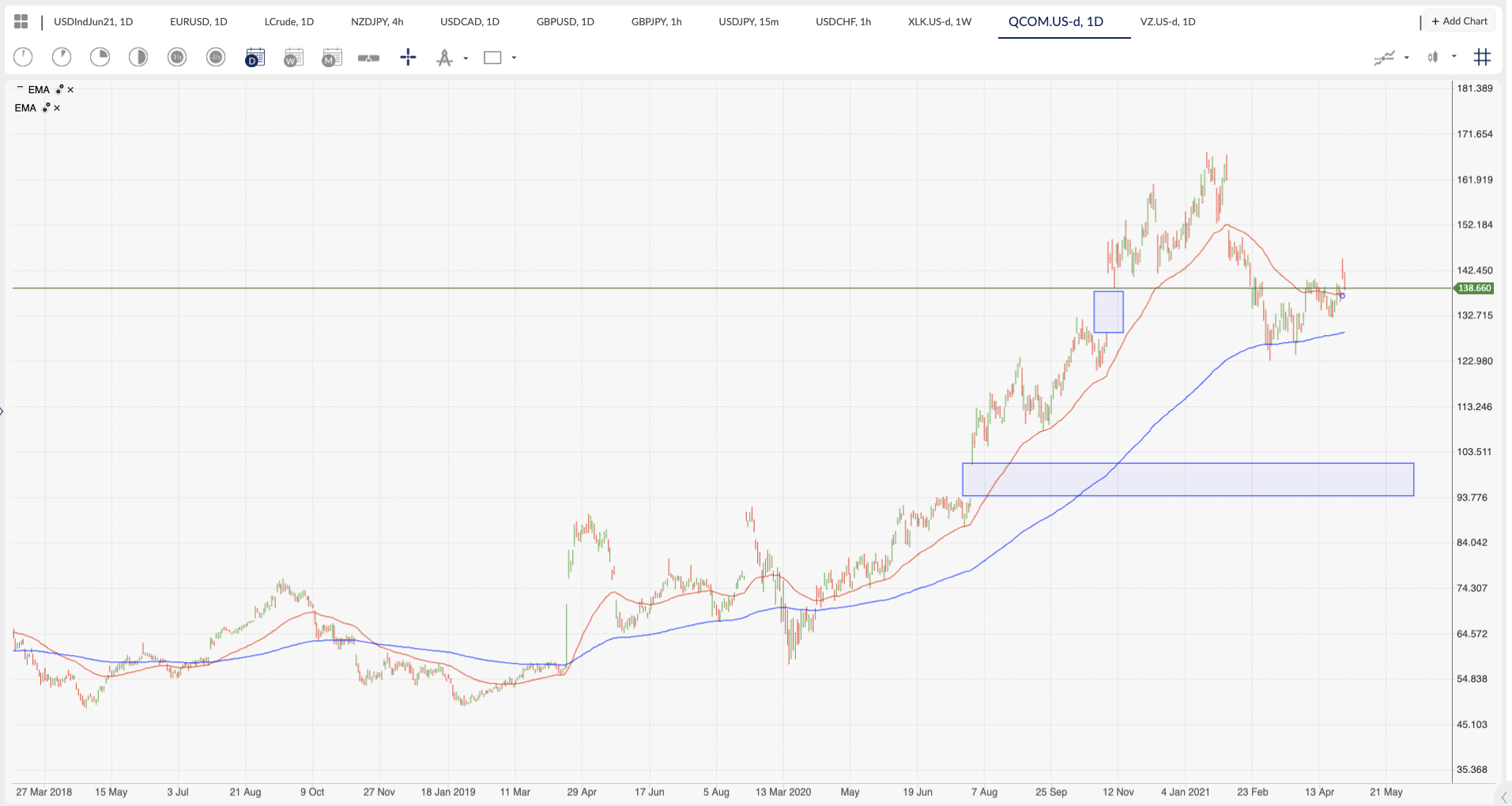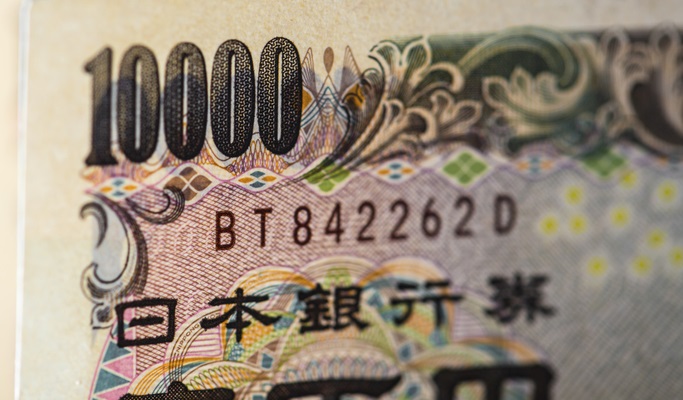The 5G Race
There is a 4-horse race to be the winner of the global 5G technology sector. Currently in the first-place position is Chinese tech company Huawei with 15.4% of the 5G patent market, followed by Samsung and Nokia, with Qualcomm in contention for an ‘each-way bet’ win.
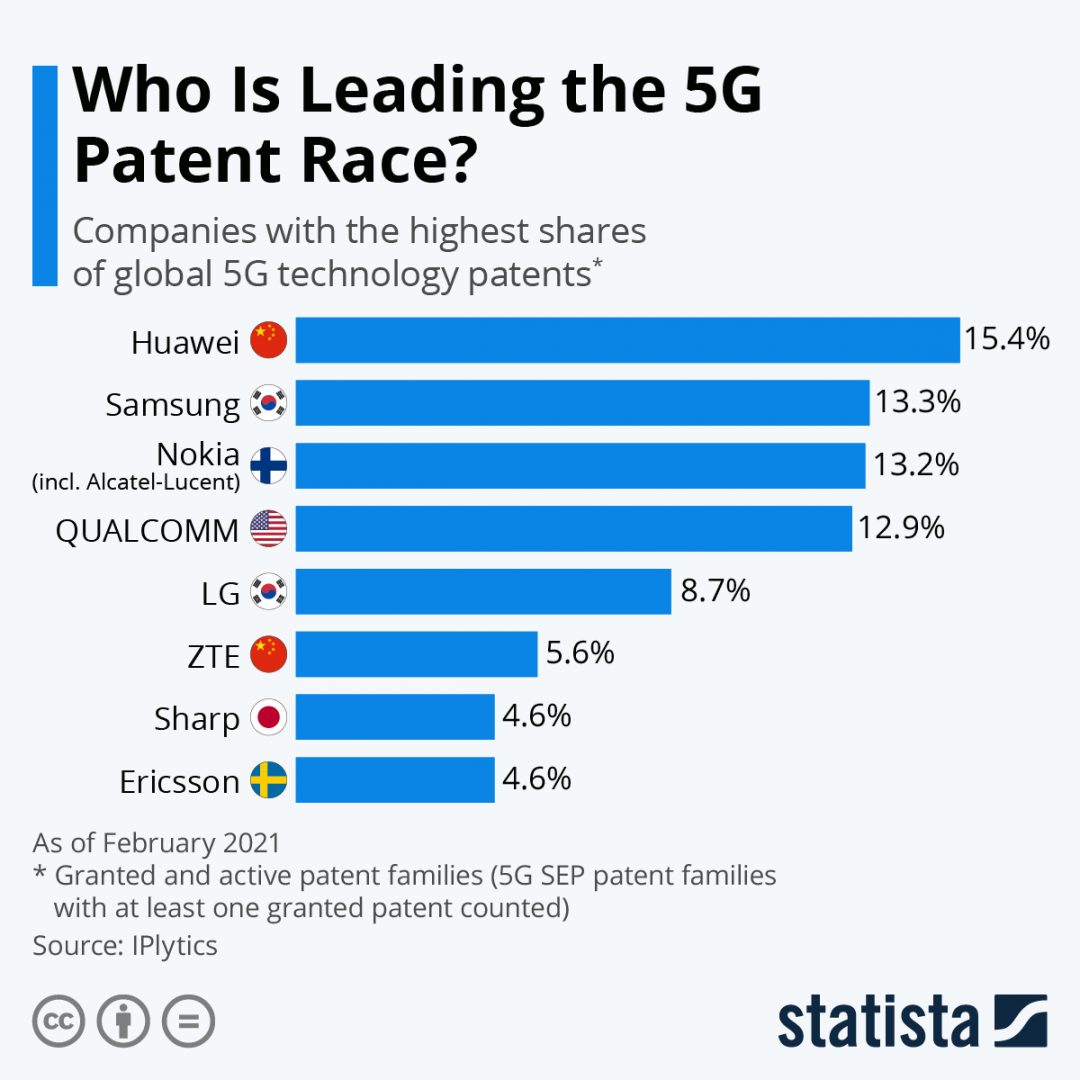

Recently Nokia has been all over the retail investment websites and forums like r/wallstreetbets, after February’s earnings beat expectations. Nokia had a good Q4 and yearly results in 2020, following a 1% growth in constant currency net sales.
A couple of decades ago the people’s handset of choice was from the Nokia range, with its infamous ring tone and its 8-bit Snake game. As the Apple Inc. iPhone proved itself better at keeping users engaged with a device, whether it be through a keyboard-less screen, apps, or integrated iPod, Nokia’s dominance waned as the mobile phone division failed to compete with the new smarter phones on offer. This allowed Samsung, LG, and Huawei to take market share compounding Nokia’s fall from the top. Now Nokia is making a comeback in the mobile data world, with the Internet of Things (IoT), Automation of Vehicles, and massive data transmission requiring a new highspeed network, which Nokia is a key player.


Seeing a company go from riches to rags with a potential of a great comeback was too compelling for the retail traders who were coming to the Nokia stock on the back of GameStop. Since the peak of Nokia in the 2000 tech bubble, the share price had lost 90% of its value but anyone looking at the sloping trend line over the last 20 years will be seeing a potential for a real momentum change in the outlook of the stock, should the share price double from €3.94 to €8.
With the added interest in the tech space and the new 5G network being rolled out, it is interesting to see how the big players are jostling for the top position. Huawei with its dominance in patents is looking to start cashing in on the licensing deals, with every company using their technology having to pay royalties.
This tech world becomes very small and intertwined as companies have merged and choose to manufacture across the globe. China being the manufacturing centre for most companies, won the race to build the tech and have used this position to their advantage. Cloak and dagger nefarious dealings have occurred, and lawsuits have been filed with mobile phone/tech companies like Apple Inc. having a history of using Qualcomm chips from 2011, and Qualcomm having disputes with Huawei over intellectual property infringements. It is easy to see how certain key features are found across many devices.
A lot of this came to a head with the US administration effectively putting a stop to Huawei selling into the USA and imposing over $60billion in tariffs against China, it also added sanctions to countries willing to use Huawei for 5G infrastructure, which led the UK government to reverse course on their dealings with China on this matter.
It now turns out that Huawei is losing about 50% of its mobile phone revenue which is a good thing for Qualcomm who sees this gap in the market the way in which they will have exponential growth into 2022.
Qualcomm (QCOM)
Qualcomm is a technology company headquartered in San Diego, California. The company designs and creates software and chips for use in wireless equipment like mobile phones. Qualcomm also develops and commercializes wireless technologies and has previously licensed many technologies related to 3G and 4G technology.
As 5G gets rolled out, the IoT and connected devices will result in greater income for Qualcomm. In 2020, Qualcomm reached a new agreement with Apple for the supply of its chipset in a multi-year deal, and as 5G goes beyond mobile phones the IoT, immersive interactions, and Autonomous Vehicles, Qualcomm will remain not only well placed but a true leader in the 5G world.
Since the 1990’s Qualcomm has been researching 5G, producing prototypes from 2016 following on from the 5G mmWave design in 2015.


The mmWave is the use of frequency bands between 24GHz to 100Ghz and was seen as unusable for mobile phone devices back when Nokia was the handset of choice. This millimetre wave cannot travel easily through walls and glass so there is a need for an increased number of base stations which is proving to be problematic in getting the popular public vote.
Mobile data usage continues to increase and develop, putting a growing strain on the current 2G-4G network. The high-frequency bands in the spectrum above 24 GHz were targeted as having the potential to support large bandwidths and high data transfer rates, ideal for increasing the capacity of wireless networks. The mmWave bands up to 100 GHz are capable of supporting bandwidths up to 2 GHz, without the need to aggregate bands together for higher data throughput.
In the recent Qualcomm earnings call the management team relayed to their shareholders that Despite the backdrop of a challenging environment, these results and our guidance reflect the strength of the company and the importance of our technologies, not only to the mobile industry but across many industries. Several years ago, we put in place a strategy to lead in 5G, which today is delivering results beyond our expectations.
Qualcomm’s fiscal second-quarter non-GAAP earnings of $1.90 per share exceeded the high end of the companies forward guidance driven by higher licensing revenues and solid performance in their chipset business, representing non-GAAP revenue and EPS year-over-year growth of 52% and 116%, respectively.
Qualcomm expects their handset revenue opportunity to increase by up to $10billion on the back of Huawei losing market share and these additional revenues should be materializing as soon as the start of the fiscal year 2022.
See real-time quotes provided by our partner.
The investment idea
Looking at Qualcomm’s chart the gap higher on the 29th of April following on from the earnings call the night before shows that the market was excited about the companies potential.
In the last trading session, the gap was filled, and the price remains supported by the 50-day exponential moving average.
Technically the share price is an uptrend as the swing highs are higher as are the swing lows, so a break lower than the 200 and 50 daily ema’s and a test of the April 28th low and weak hands would probably puke their speculative position. However long-term investors will be looking at the psychological hook of the 2021 highs and that this last quarter’s pullback to the 200-day ema has been good for finding a base following on from the exponential run-up from the pandemic lows in 2020. There is a gap above to fill from the beginning of February 2021 and this is my most likely scenario for now.
See real-time quotes provided by our partner.
Using a weekly chart and going back to the 2000 tech bubble peak as the first impulsive run-up, it is interesting to see how the recent highs of 2021 were found at the Fibonacci extension 161.8% above 2000 high. If this recent pullback is part of a larger wave higher the next upward Fib extension is to be found around the 258.50 level.
See real-time quotes provided by our partner.
Where am I wrong?
Should the share price get below the 123.00 price level there are gaps to be filled as potential downside targets between 93.00 to 100.00 and a close lower than the 200-day ema and the lows of 9th March 2021 would be a signal in the change in the current impulsive trend higher and signalling for a larger corrective pattern.
